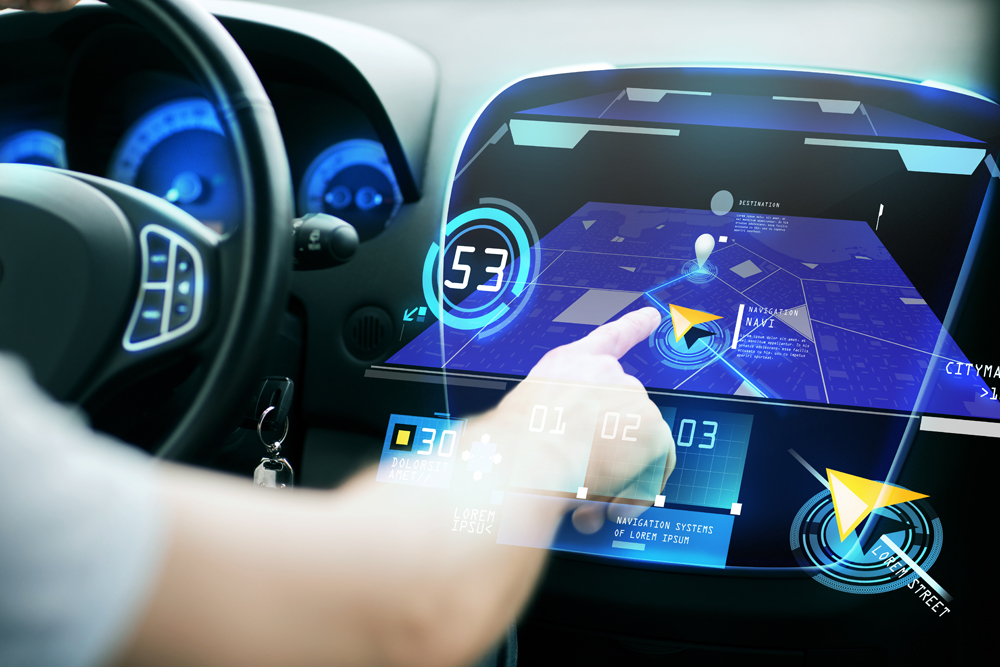Constant Change

If there ever is a constant in the world of automotive technology, its change. And not just big, but rapid change too. Very rapid. Here’s a look at what has occured in just the last couple decades.
The 1990s – better brakes
In the 1990s, car advancement saw the development of traction control and antilock brakes, technologies that prevent a loss of grip on road surfaces. Our tech consultant at Cerritos Chrysler Dodge Jeep Ram (Cerritos, CA), says these systems are fairly simple. They constantly monitor a vehicles wheels to detect any hint of skid or slip and automatically adjusting the forces of brake or throttle to keep your car moving in the direction you want.
The 2000s – more safety features
The 2000s lept and bound through the development of better safety standards within vehicles, from crash-force whiplash reducing seat designs to six standard airbags–the newest fad being side-impact curtain airbags and blind-spot monitoring side sonar. Parents had to learn the new LATCH system to buckle in their child’s safety seats, and people were quickly learning the dangers of driving while distracted with cell phone legislation being passed state to state.
The 2010s – infotainment systems
Progressing through the 20-teens, previously premium features are trickling down through vehicle trims to become more accessible at budget-friendly values. User interfaces became a norm, gradually gaining more programs like available GPS navigation, as well as the great development of ingrained reverse cameras and sonar alerts (just becoming mandatory in US sold vehicles in 2018). Nearly all have MP3 streaming capabilities to keep our favorite tunes with us on the road, and more commonly, Apple CarPlay and Android Auto are becoming standard expectancies to sync up with our phone apps.
Even keys are becoming seemingly stone-age technology as vehicles gain more frequently included keyless entry and push button starts. These days, there are a load of beeps and boops informing you of surround-car obstacles, from front collision warnings to LaneKeep technology to center you as you cruise along the road. And parking? A worry of the past for some riding vehicles that can autonomously park themselves either parallel or perpendicularly!
The future
Cars are becoming more convenient and more aware for the ease of our everyday driving, with a slight learning curve for those who are just getting behind the wheel of these technologies. There’s plenty of resources available for quick startup guides when buying a new car, though! Make sure you test drive your new car, and ask plenty of questions from your dealership to fully understand the scope of how far vehicles have progressed. With some practice, the innovations of the car industry will soon become your favorite features!





